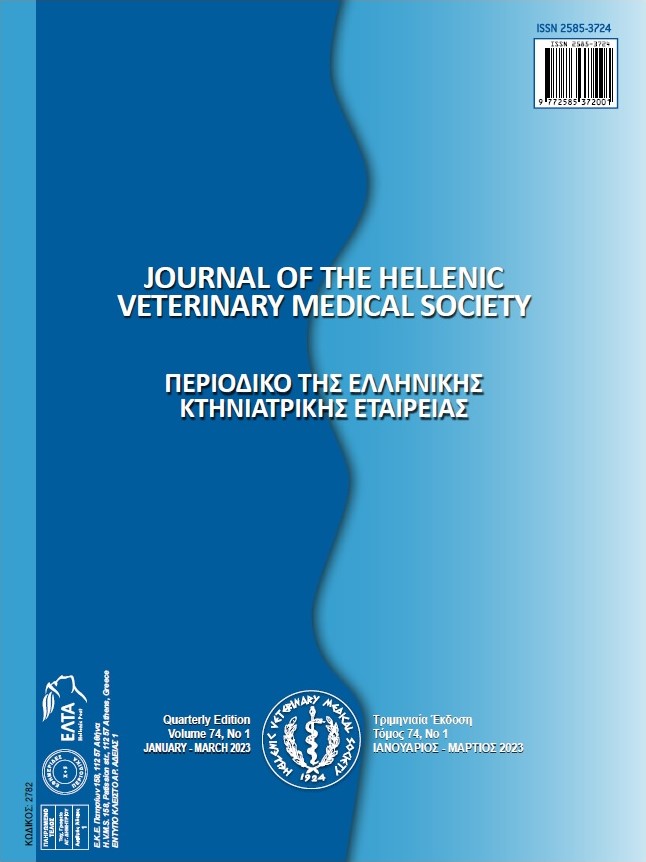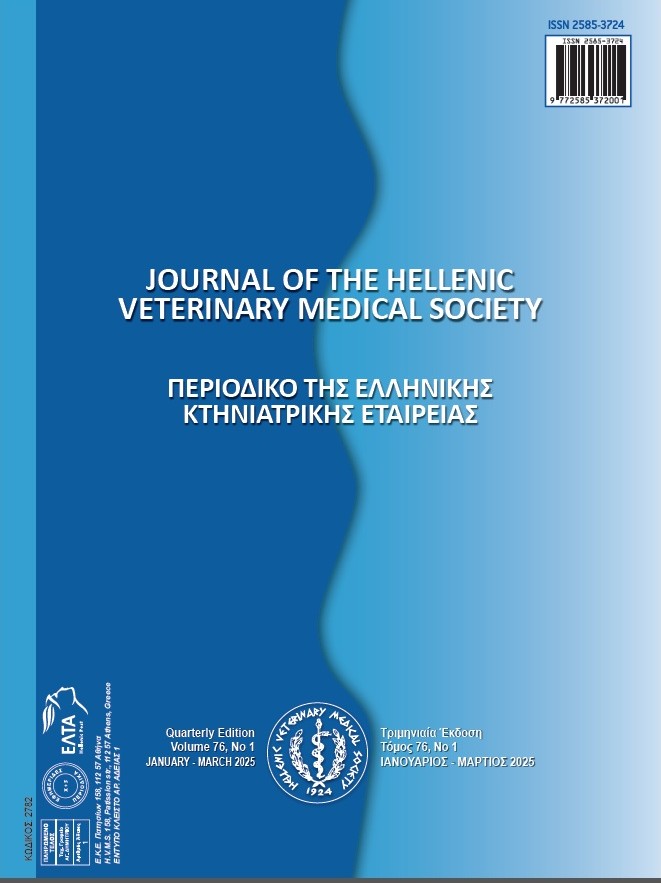Antidiabetic potential of Chia (Salvia hispanica L.) Seed Oil in streptozotocin induced diabetic rat

Abstract
Chia seed oil (CSO) is a natural carotenoid that has active pharmacological properties and has been the most popular in recent years. The aim this study was to investigate the hypoglycemic antioxidative/nitrosative, oxidative DNA damage and adenosine deaminase effects of chia seed oil on streptozotocin induced diabetes in rats. Sprague Dawley, adult, male rats were used in the study. Animals were divided into the following groups: Group I (Control, n=7), Group II (Chia Group, Chia seed oil (CSO) was applied by oral gavage at 1g/kg for 14 days, n=7), Group III ((Diabetes (DM) Group, Streptozotocin (STZ) was applied as 50 mg/kg i.p. single dose (n=7)), and Group IV (DM+CSO Group, STZ 50 mg/kg i.p. single dose +CSO was applied by oral gavage at 1g/kg for 14 days after diabetes was induced, (n=7)). Physiological parameters (body weight, blood glucose) were evaluated. STZ exposure increased serum TOS, OSI and NO levels, which are markers associated with oxidative damage, while PON enzyme activities decreased compared to the control group and did not change TAS levels. Moreover, 8-OHdG level and ADA activity were increased in the diabetic groups. In addition, it was found to regulate body weight and increased glucose in the diabetic group.
Our results show that Chia treatment effectively counteracts oxidative stress-mediated free radicals damage caused by diabetes and may serve as a therapeutic agent in reducing oxidative damage in diabetic subjects.
Article Details
- How to Cite
-
Dalginli, K., Kilicle, P., Atakisi, O., Ozturkler, M., & Uluman, E. (2023). Antidiabetic potential of Chia (Salvia hispanica L.) Seed Oil in streptozotocin induced diabetic rat. Journal of the Hellenic Veterinary Medical Society, 74(1), 5165–5176. https://doi.org/10.12681/jhvms.27972 (Original work published April 11, 2023)
- Issue
- Vol. 74 No. 1 (2023)
- Section
- Research Articles

This work is licensed under a Creative Commons Attribution-NonCommercial 4.0 International License.
Authors who publish with this journal agree to the following terms:
· Authors retain copyright and grant the journal right of first publication with the work simultaneously licensed under a Creative Commons Attribution Non-Commercial License that allows others to share the work with an acknowledgement of the work's authorship and initial publication in this journal.
· Authors are able to enter into separate, additional contractual arrangements for the non-exclusive distribution of the journal's published version of the work (e.g. post it to an institutional repository or publish it in a book), with an acknowledgement of its initial publication in this journal.
· Authors are permitted and encouraged to post their work online (preferably in institutional repositories or on their website) prior to and during the submission process, as it can lead to productive exchanges, as well as earlier and greater citation of published work.



